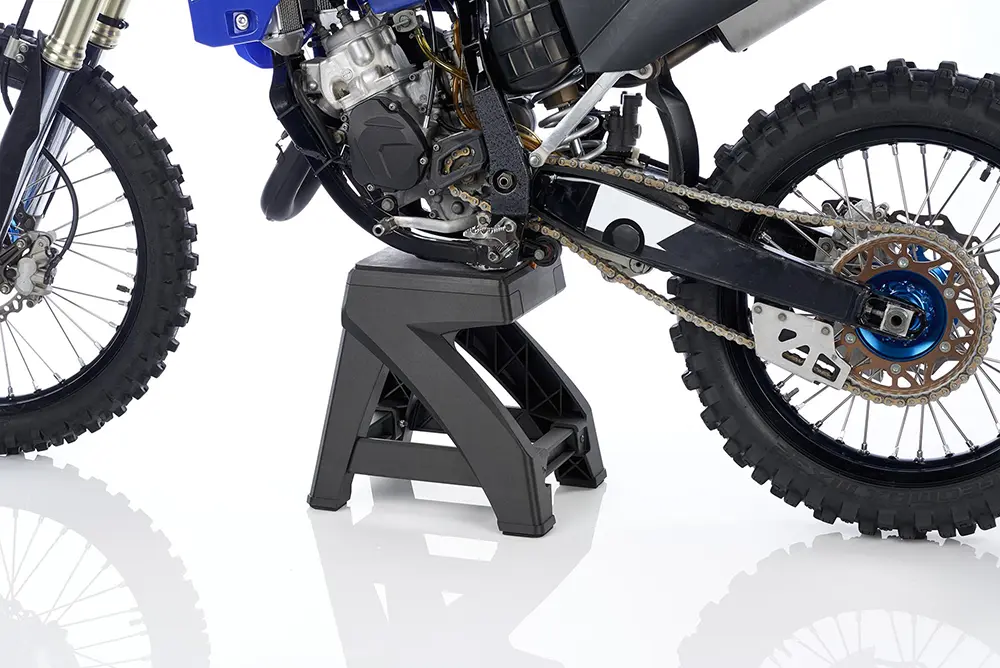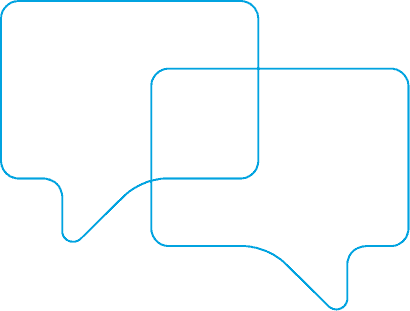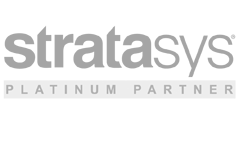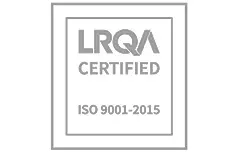
The benefits and risks of switching to third-party materials
Mark Tyrtania, Sales Director at Laser Lines, writes about what to consider when thinking about using open materials.
‘Use any material with our 3D printers’ is a claim you see a lot from manufacturers these days. It sounds good, offering potential cost savings and flexibility when it comes to suppliers. But there are many factors to consider, and for most of our customers, sticking with a tried and tested option is often the quickest, most reliable and cost-effective way to produce parts.
The biggest challenges you face when using an untested material made by a third party are the time they take to set up and the quality of the finished product. You will need to complete many trial prints, adjusting print parameters each time until you finally get the finish you are after.
Even when you have a part you are happy with, there is no guarantee that you will be able to make the same part again. Plus, there is a chance you will invalidate your warranty by running an untried material through your machine. Buying a cheap, no-brand material and hoping for the best is going to cost more in time in the long run, and there will be no reliable certification or traceability to speak of. Plus, if it breaks your machine, you will be liable for the full cost of repair.
That is why many of the machines that Laser Lines sells and supports take a different approach to open and third-party materials. Stratasys FDM machines, for example, have a mixture of material options, known as preferred, validated and open materials.
Start with preferred materials
All Stratasys FDM machines support preferred materials. These are manufactured by Stratasys itself and have been tested, refined and tuned to offer the most repeatable results.
Using one of these materials makes FDM machines plug and play, removing the need for specialist staff to operate the system. Simply design the part you want and start the printer.
Validated materials give more options
For those with specialist needs, Stratasys offers validated materials for certain FDM machines that have been upgraded with a special license, such as the Fortus 450mc. These materials have been through validation testing and had basic material parameters written for it, but they are not as highly tuned as preferred materials.
To get the best results out of these, you need a machine operator that has a deep understanding of how FDM works, what the printer is doing when it extrudes and processes material, and that has the time available to print multiple test parts, tweaking the build parameters each time.
When to use open materials
Then there are the open materials, which have not been through any validation or other testing by Stratasys. For a large organisation, perhaps one creating a specific medical material, or a university running a research programme, there may be some value in working with a truly open material, or even creating their own polymer blend from scratch.
But dealing with these materials is at the other end of the spectrum from plug and play. When open materials have been enabled for specific FDM machines, such as the Fortus 450mc, we can supply an empty canister and a blank Electrically Erasable Programmable Read-Only Memory (EEPROM) chip. You will need to load the filament onto the canister and program the chip with Stratasys OpenAM software so that it can identify itself and send its parameters to the printer.
Cutting-edge, unique results are possible with this method, but you need a highly experienced technician to get solid repeatable results. They will need to devise the build parameters themselves, and that will require a highly trained operator to print many, many test builds, with a large cost in time, perhaps as long as several months.
Origin One is great for tweakers
An alternative platform that has the facility to use any material is the Stratasys Origin One. In its standard configuration, the Origin One lets you change many build parameters, such as exposure time, exposure speed and the style of support structure. In fact, we actively encourage customers to run test parts through the machine, changing the parameters each time until you have exactly the properties in the part that you are looking for.
Once you have those parameters locked down, the Origin One’s Programmable Photopolymerization (P3) technology means the machine will produce identical parts every time, and will happily churn away in production mode until you tell it to stop.
This provides enough customisation for most applications. The Origin One supports a large range of materials from third party suppliers such as BASF and Loctite, and each of these have been made by their manufacturer to run perfectly on the Origin One, with a lot of R&D time and money spent getting the parameter set up correctly so that you can expect good results.
However, for those that need to change their build parameters still further, or work with a bespoke material, it is possible to upgrade the machine to an open license so that it can use any photo sensitive resin that works on the correct wavelength and develop your own parameter sets, or even create your own bespoke material. Industry-leading results are possible, providing you have the necessary time, understanding and expertise in house to make it work.
If you want to learn more about how Laser Lines can help you choose the correct type of materials to achieve your additive manufacturing goals, email us at [email protected] or call 01295 672599 for a free consultation









